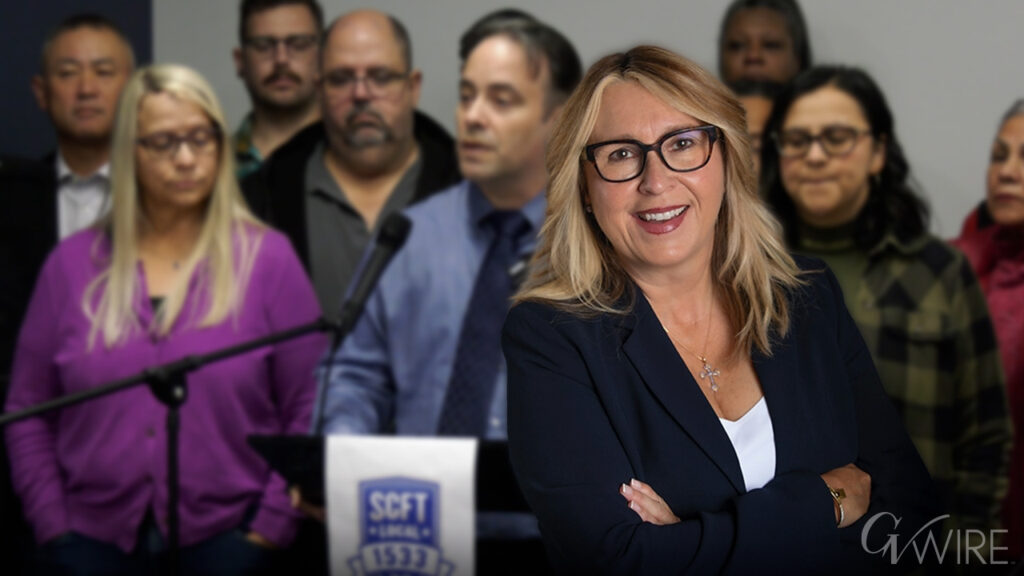Share
One of the most contentious – and potentially far-reaching – bills of the current legislative session is Assembly Bill 5, which would draw a legal line between the definitions of employees and contractors.

Dan Walters
CALmatters
AB 5, carried by Assemblywoman Lorena Gonzalez, a San Diego Democrat, is an outgrowth of a state Supreme Court decision establishing a three-factor test to determine whether a worker can be a contractor or must be considered to be an employee.
It creates, therefore, uncertainty about the status of hundreds of thousands, perhaps millions, of California workers and could lead to a blizzard of individual legal conflicts.
Overall, the decision, dubbed Dynamex for the package delivery company that was the chief defendant and whose contract drivers were the issue, will probably lead to many contract employees being reclassified. But who and how many are the subjects of AB 5.
The bill would essentially place the Dynamex decision into state labor law, thus shielding it from being overturned by some future court. However, as now written, the bill would also carve out exemptions for some kinds of non-employee workers, such as real estate and insurance agents, hair stylists, barbers and investment advisors.
Gonzalez Is a Former Labor Union Official
Lobbyists for many other economic sectors are petitioning Gonzalez for exemptions before the bill reaches Gov. Gavin Newsom’s desk, but she seems unlikely to bend much further
Gonzalez is a former labor union official and contends that those who perform core functions for an employer should be payroll workers with the benefits that come from that status, including unemployment, disability and workers’ compensation insurance coverage.
The decision, and her legislation, are clearly aimed at thwarting expansion of the so-called “gig economy” of part-time, short-term, and contract work, most famously the taxi-like services offered via such firms as Uber and Lyft.
Meanwhile, another front has been opened in the same conflict – this one affecting contract workers for governmental agencies.
Last year, in a case involving the Cambria Community Services District in San Luis Obispo County, the board that governs the California Public Employees Retirement System (CalPERS) declared that an employee of a third-party contractor for the district was a “common law employee” and therefore, Cambria must make contributions to CalPERS for that worker’s pension benefits.
Opportunities to Recruit Workers
The employee involved in the Cambria case served as an interim finance manager for eight months in 2014 under a contract between the district and Regional Government Services. RGS was created by a consortium of local governments specifically to provide temporary workers, such as retired public employees, to agencies “without jeopardizing retirement benefits from prior employment.”
The CalPERS assertion that the worker involved, Tracy Fuller, was entitled to have pension contributions made by Cambria stems from another state Supreme Court decision, issued in 1970 in an employment insurance case, defining a “common law employee.”
Now the CalPERS board is poised, during a June meeting, to declare its Cambria decision as “precedential,” meaning that it could be cited in future disputes over whether local government workers hired under contract could be deemed to be employees for pension purposes, thus requiring contributions to CalPERS.
Regional Government Services and other local government groups fear that widespread application of the ruling would raise their costs and discourage local agencies from using contract workers – much as employers see the Dynamex decision as making their operations more expensive and less flexible.
On the flip side, both Dynamex and the CalPERS ruling are boons to California’s labor unions, giving them more opportunities to recruit workers once they are designated as employees.
CALmatters is a public interest journalism venture committed to explaining how California’s state Capitol works and why it matters. For more stories by Dan Walters, go to calmatters.org/commentary.
[activecampaign form=19]RELATED TOPICS:
Categories



















